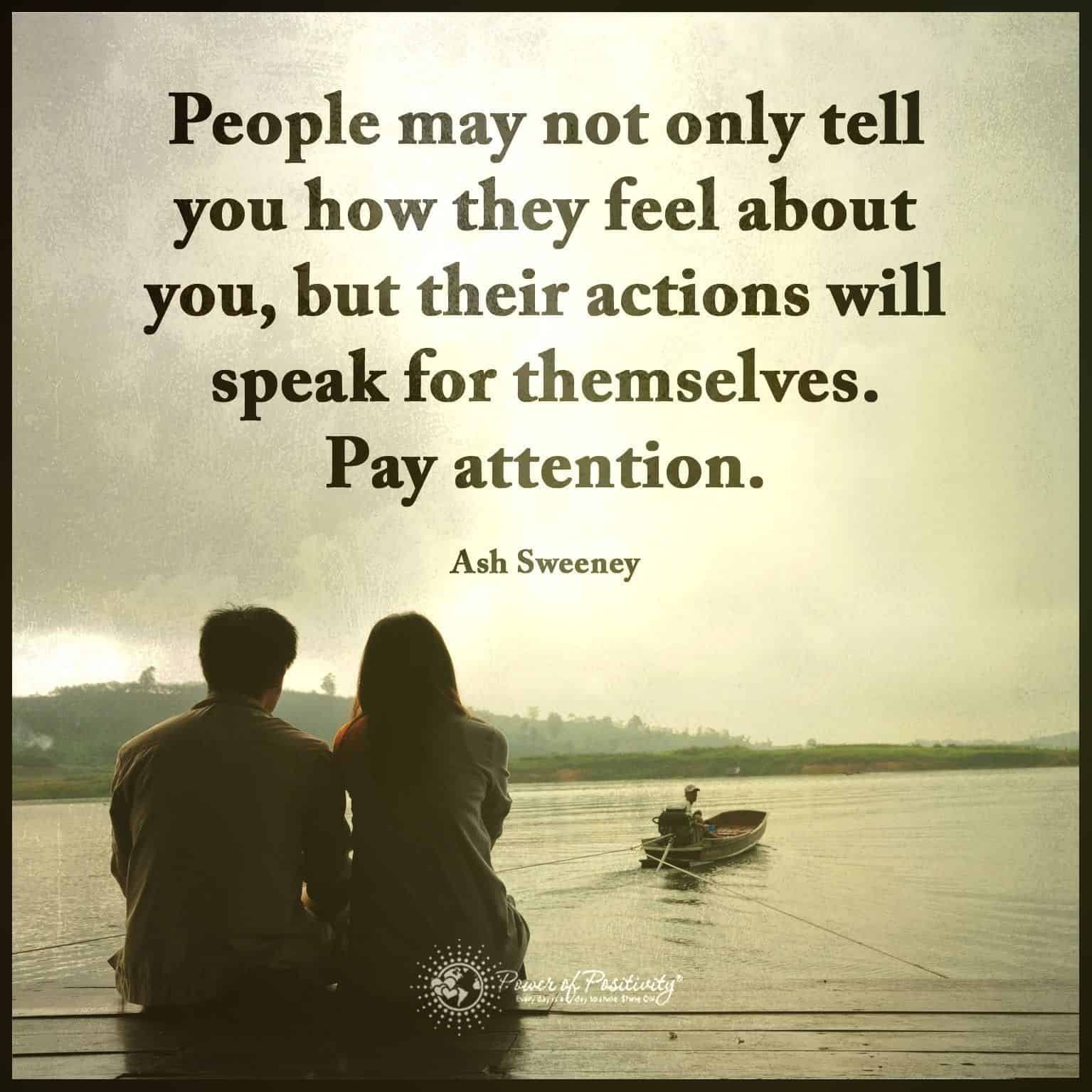Everyone wants their relationship to be full of love and happiness. But sadly, as divorce and separation rates rise across the world over time, it becomes clearer and clearer that not everyone has the right components for the most positive relationship possible.
Worried that your relationship won’t make it in the long run? Keep your positive thinking because you can always work on improving it with your partner! The trick lies in knowing what your relationship needs to be loving, appreciative, and supportive. Here are 11 secret but powerful ingredients of a loving relationship.
1. Humor
Have you ever heard people talking about how funny people are the most attractive? There’s scientific truth to that! It’s not just because a sense of humor is inherently desirable, but also because laughter has numerous interpersonal, mental, and physical benefits. It relieves stress, boosts positive thinking, and fosters togetherness – and of course, it’s undeniably desirable!
 Here are some other reasons humor tends to win out the day when it comes to a loving relationship:
Here are some other reasons humor tends to win out the day when it comes to a loving relationship:
- An ability to laugh at yourself means an ability to learn from mistakes and accept wrongs.
- An ability to laugh at others’ mistakes indicates a tendency to forgive and move on.
- Laughter means opening yourself up to intimacy, often resulting in emotional connections.
- Compatible senses of humor mean every day can be a fun and exciting adventure.
2. Compromise Is Key to a Loving Relationship
In a relationship, two unique and separate individuals are living and growing together. This is always going to involve some measure of conflict, especially in desires, ideas, and goals. The secret to maintaining a loving relationship through all of that lies in compromise.
Compromise can be best defined as the act of a settlement between two different desires or opinions, typically reached by parties on all sides making concessions. In other words, it’s meeting in the middle whenever you can.
Does this mean that all situations require a 50/50 compromise? Not necessarily. While workable, it can be very calculative and is typically not possible in the long run. However, it does mean learning the art of give and take – when to stand your ground and when to let your partner have the day. In short, healthy compromise involves:
- Trying to meet in the middle while understanding that’s not always possible.
- Intentionally creating harmony as much as possible.
- Seeking the most workable situation for both parties.
- Balancing the amount of giving and take from each partner
- Knowing when wanting to get your way doesn’t mean you should
- Being willing sometimes to get the short end of the stick
- Knowing what things can’t be compromised on (or where your boundaries lie)
3. Loyalty
The person you’re in a relationship with isn’t just your fling – it’s your partner, someone who you’re hand-in-hand for the long-term. Without loyalty, a relationship cannot bloom.
It’s not just about simply not cheating, either. Many different factors contribute to the creation of loyalty. Typically, each relationship has its own definition of loyalty. This can include:
- Prioritizing and standing by each other
- Never give up on each other.
- Keeping promises and date plans
4. Fighting Positively
It’s common to associate arguments with an unhealthy relationship, but that is not the case! Fighting isn’t necessarily a bad thing. In many relationships, it can help forge stronger bonds. The trick lies in how you fight.
A study of divorce rates and their links to marital conflict revealed three common fighting styles:
· Destructive
This is a negative form of fighting, involving screaming, shouting, insults, and explosive arguments.
· Withdrawal
Withdrawing is an avoidant strategy where you avoid the fight by simply retreating. There are two ways you might do this: by leaving a situation or by simply falling silent during the fight.
· Constructive
This is the positive form of fighting everyone should aim for – it means trying to find solutions and working together to solve the conflict.
As is likely obvious, constructive fighting was the best indicator of a long-lasting, healthy relationship. It’s a positive way to handle conflict, and it makes you stronger as you and your partner have to work together to solve the problem you both face.
5. Patience
Few can deny that relationships are hard work. They require patience, and you’re going to go through bad times when you need mountains of it. Each person in the relationship has their own motivations, reactions, responses, and feelings, and you’re not always going to like those factors. That’s just how it is!
More importantly, relationships involve a strong element of learning and growing together. There are very few quick processes of growth. When a problem is encountered, it may take months or even years for you and your partner to work on your negative traits and improve on them.
Pressuring your partner to improve more quickly is likely to make them feel guilty and even unsafe, potentially leading to counterproductive actions. You will need their patience as much as they need yours, so try to keep that in mind. Give them space to grow and claim your own space, too.
 6. Physical Chemistry
6. Physical Chemistry
This seems like a no-brainer, but it’s often significantly taken for granted in long-term, comfortable relationships. There are many different factors involved in physical chemistry, and without it, relationships can quickly become boring and dull. Here are some indicators of physical chemistry:
- Presence of a “spark” between partners
- Physical attraction to your partner
- Compatibility in intimate desires
- Comfort and physical safety
- Frequency of physical contact
- Satisfaction with bedroom affairs
Do note that while bedroom activities of intimacy should by no means define an entire relationship, studies have shown that unhappiness with such intimacy leads to decreased relationship satisfaction. If your relationship is allosexual, try to keep things exciting in the bedroom!
7. Understanding in a Loving Relationship
Feeling understood and accepted by a partner is crucial in a loving relationship. It sounds simple, but it’s often harder in practice. It involves:
- Being able to put yourself in your partner’s shoes
- Understanding the ways your partner’s upbringing and experiences have shaped them
- Taking note of subtle quirks and signs of your partner’s mood
- Listening to your partner without judgment
- Empathizing with your partner’s emotions
- Knowing how not to take things personally
- Giving your partner space or time they need to process things
- Learning their love language
- Realizing that they will express themselves differently to you
It’s a lot to take in, but it can be simplified like this: you and your partner need to accept that you are both different people and have to want to understand each other’s point of view, even when it contrasts significantly with your own.
8. Positive Eye Contact
Eye contact is powerful. It affirms close connections and helps create a stronger bond between two individuals. It can seem silly, but it’s common knowledge that making this sort of contact is key to a deeper and more meaningful interaction. Eye contact:
- Encourages empathy and positive feelings towards someone, making it harder to be seriously angry at them
- Creates a connection between two people that makes interaction more meaningful
- Subtly coveys information or messages nonverbally, even in public, forming a “secret language” between partners
- Is a quick and easy way to forge a split-second connection with a partner, even in times of business
9. Attention
Attention is a genuine component of a positive and loving relationship. Feeling neglected, unwanted, and uncared for is a quick way for a relationship to turn sour. You want your partner’s focus because you want them to be included in your life and for you to be included in theirs. Here are some ways to give attention to a partner (that you should also receive from them):
- Answering calls, texts, and questions promptly
- Setting aside time each day for your partner
- Listening when your partner talks about troubles, passions, or their day
- Of course, attention must be given in balance. You don’t want to suffocate or smother a partner with overflowing waves of focus. You both need your own space, too!
10. Respect
It’s simple: no relationship can function without respect. We’re not just talking about basic human decency when it comes to respecting, either, as that should be a given and is the bare minimum, not something to have to work for. How are you supposed to maintain a positive connection with someone who you don’t think highly of? Here are some examples of respect in a loving relationship:
- Caring about each other’s goals, dreams, and aspirations
- Offering only constructive criticism when you have concerns or issues
- Appreciating the unique talents, abilities, skills, and strengths that you each bring to the table
- Admiring each other’s qualities, personalities, and beliefs
- Understanding and abiding by each other’s boundaries
- Valuing each other’s opinions, even when they differ from yours
11. Communication
You’ve heard it time and time again, but it still bears repeating. Communication is the number one key to success in any relationship. You can’t read each other’s minds – you need to tell each other what you want the other person to know, and you need to know when you need to talk about something so that they understand it.
Not sure if your relationship has positive communication? As yourself the following questions:
- When you explain things, do you talk with your partner or at them?
- Do you interrupt your partner when they speak, or do they interrupt you?
- Is your dialogue productive and reaching effective solutions and conclusions?
- Do conversations tend to be one-sided, or do you both get relatively equal talking time?
- Are you able to understand each other’s communication styles?
- Do you often feel dismissed after discussing your issues with a partner?
- Do you tell your partner when you have an issue, or would you rather keep it to yourself to avoid conflict?
 Final Thoughts On Secret, But Powerful Ingredients Of A Loving Relationship
Final Thoughts On Secret, But Powerful Ingredients Of A Loving Relationship
No one can deny that relationships are hard work, and sometimes, maintaining a loving and compassionate relationship can be difficult. There’s no shame in walking away from a relationship that’s no longer working out, but before you do that, try working in these powerful ingredients of a loving relationship. Small improvements to your daily life with a partner can make the difference between a break-up and “till death do us part.”


















